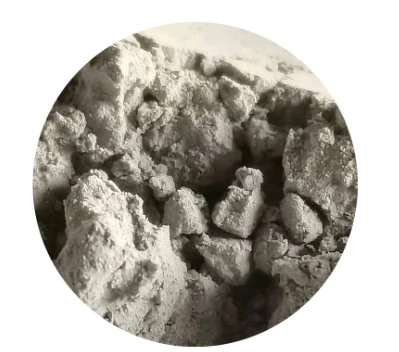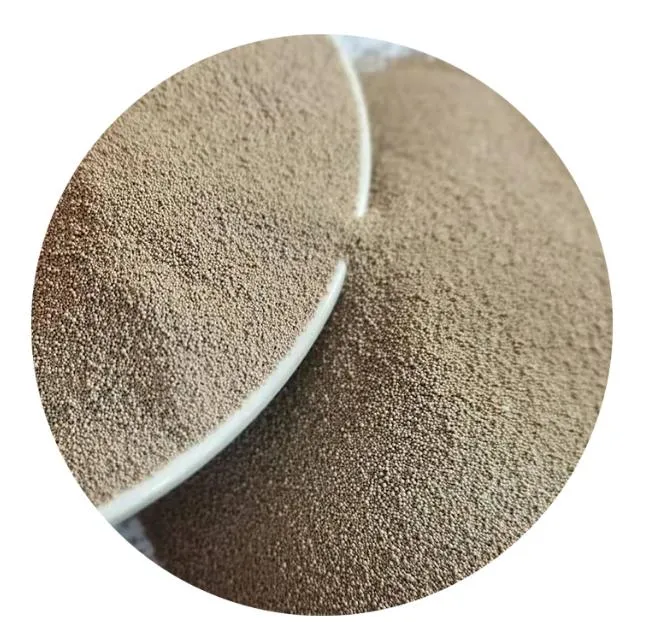

One innovative approach to optimizing sand properties is through the use of chromite sand or zircon sand as a part of the sand mixture. These sands possess higher density and thermal conductivity, which minimize thermal expansion and the risk of casting defects such as buckling or dimensional inaccuracies. This makes them particularly valuable in casting high-density metals or for applications where precision is paramount. Moreover, the reclamation of sand is an environmental and economic consideration gaining traction across the industry. Reclaiming and reusing sand not only reduces waste disposal costs but also conserves natural resources. Advanced sand reclamation systems can process used sand from cores and molds so it can be effectively reincorporated into new casting processes. This provides a sustainable edge to foundries striving to reduce their environmental footprint while maintaining high-quality output. Foundries must also prioritize testing and monitoring the condition of their sand systems regularly. This includes evaluating sand for properties such as grain fineness, permeability, moisture content, and bonding strength. These metrics ensure the sand is of suitable quality for casting and helps prevent production delays and quality assurance issues. Incorporating technological advances such as simulation software offers additional benefits. These tools predict how sand molds will behave during casting, allowing engineers to optimize mold design and sand composition before actual production, thereby reducing time and material costs. In conclusion, sand casting remains an invaluable technique in metalworking. The choice and management of sand play a crucial role in the quality and efficiency of cast products. Foundries that tailor their sand systems to the specific demands of their production lines while embracing innovations and sustainability practices will undoubtedly gain a competitive advantage in this age-old craft, producing parts that meet rigorous quality and environmental standards. Post time:лют . 13, 2025 20:00
Next:Resin coated ceramic sand
